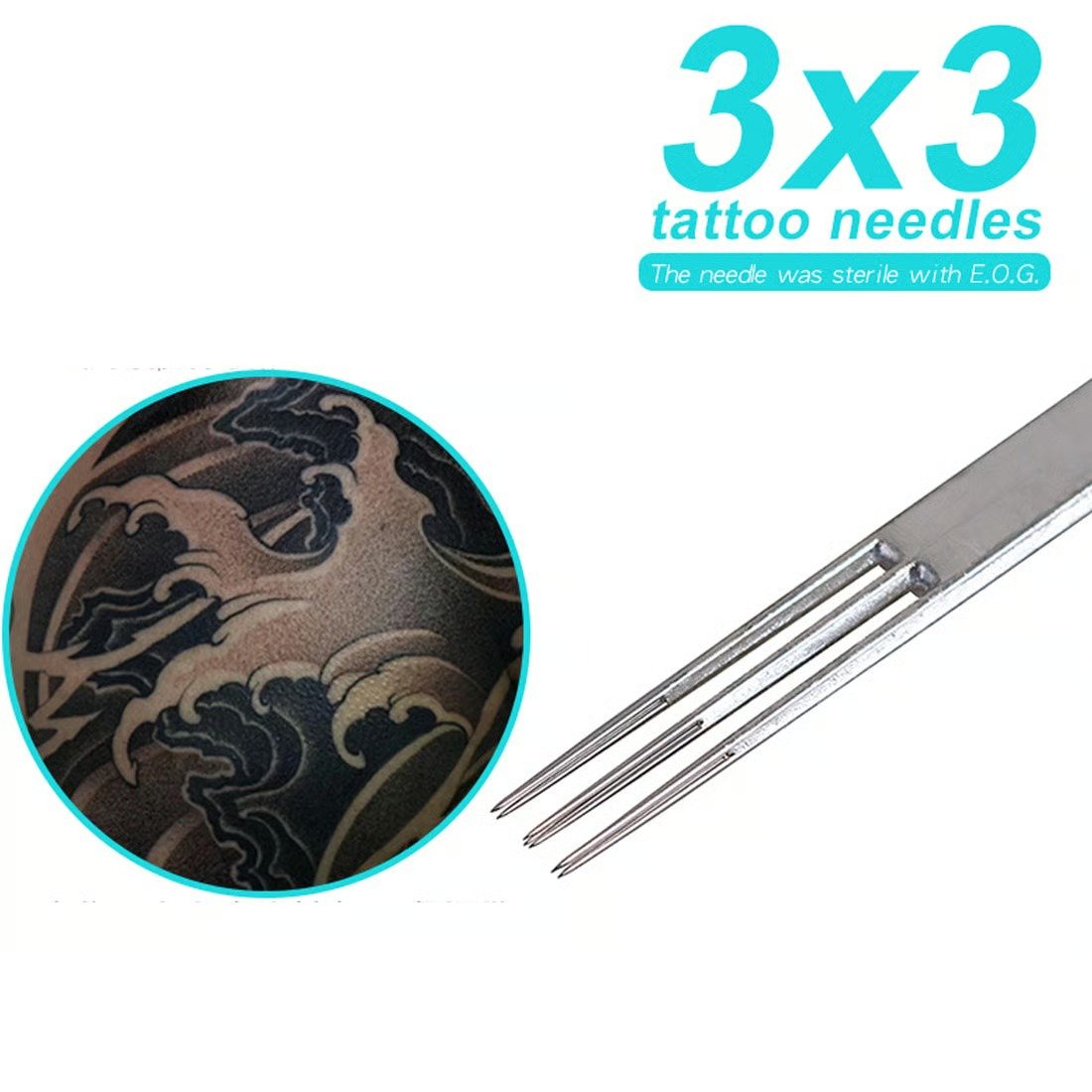Learning to drive is more than just operating a vehicle—it’s about building confidence, mastering road rules, and developing lifelong safe driving habits. For residents in Virginia, choosing the right training center is the first step toward becoming a skilled driver....
Read MoreWhen it comes to the art of tattooing, success isn’t just about artistic talent—it’s also about understanding your tools. Among the most essential components of any tattoo artist’s toolkit are tattoo needles. These tiny but powerful instruments determine everything from the precision of a line to the depth and smoothness of shading. In particular, shading needles play a vital role in giving tattoos their depth, texture, and realism. In this blog, we’ll dive deep into the world of tattoo needles, with a special focus on shading needles, to help both novice and professional tattoo artists elevate their work.
Understanding the Basics of Tattoo Needles
Before getting into the specifics of shading needles, it’s crucial to understand the broader category of tattoo needles. Tattoo needles are the part of the tattoo machine that punctures the skin and delivers ink. These needles come in various shapes, sizes, and configurations, each suited to a specific task such as lining, shading, or color packing.
There are three main types of tattoo needles:
- Round Liners (RL) – Ideal for creating sharp, clean lines.
- Round Shaders (RS) – Used for soft shading and blending.
- Magnum Shaders (M1, M2, RM) – Perfect for large areas of shading and color work.
Each needle configuration serves a unique purpose, and understanding these purposes is essential for mastering different tattooing techniques.
What Are Shading Needles?
Shading needles are a specific subset of tattoo needles designed to create gradients, fill large areas with color, and produce realistic effects. Unlike liner needles, which are grouped closely together to create sharp lines, shading needles are spaced in a way that allows for smoother and more diffused ink distribution. This makes them ideal for creating shadows, transitions, and depth in a tattoo.
The two most common types of shading needles are:
- Round Shaders (RS): These are arranged in a circular pattern, typically used for small areas and soft shading.
- Magnum Shaders (M1/M2/RM): These are flat or curved in shape and used for broader areas. Curved magnums (RM) are especially popular for producing smooth gradients with less trauma to the skin.
Choosing the Right Shading Needles
The key to effective shading lies in selecting the right type of shading needles for the task at hand. Here’s a breakdown to help you choose:
1. Round Shaders (RS)
- Best for: Small, intricate shaded areas
- Needle grouping: Circular
- Technique tip: Use a lower voltage and consistent hand speed for soft, subtle shading.
2. Magnum Shaders (M1, M2, RM)
- Best for: Large, even coverage and color gradients
- Needle grouping: Flat or curved
- Technique tip: Work in overlapping circular motions to achieve even ink saturation.
When working on portraits, realism, or black-and-grey designs, shading needles become indispensable. Their unique configurations allow artists to create the light and shadow that give tattoos a three-dimensional appearance.
Technique Tips for Using Shading Needles
Mastering shading needles requires not only technical know-how but also a practiced hand. Here are a few expert tips for working with shading needles:
Maintain the Correct Angle
To minimize skin trauma and ensure even ink distribution, hold the tattoo machine at an angle between 45 to 60 degrees when using shading needles.
Use Appropriate Machine Settings
Shading requires a lower voltage compared to lining. Adjust your machine settings to a slower speed to ensure better control and smoother gradients.
Practice Layering Techniques
Build up shades gradually rather than trying to achieve full saturation in one pass. This method allows for better control and avoids overworking the skin.
Stretch the Skin Properly
Stretching the skin taut while shading is crucial. This allows shading needles to glide smoothly and deposit ink consistently.
The Relationship Between Ink and Tattoo Needles
Your choice of ink also plays a significant role in how well your tattoo needles perform. Some inks are thicker and may require more powerful machines or specific needle configurations to flow properly. Always test your materials and adapt your technique accordingly.
When using shading needles, especially for delicate black-and-grey work, choose inks with a smooth consistency that can be diluted easily. This enhances your ability to create soft gradients and subtle transitions.
Common Mistakes When Using Shading Needles
Even experienced artists can make errors when it comes to using shading needles. Here are a few pitfalls to avoid:
- Overworking the Skin: Going over the same area too many times can cause trauma and scarring.
- Improper Stretching: Without a taut canvas, the shading needles may bounce, leading to uneven shading.
- Wrong Needle Size: Using a needle too large or too small for the area can affect the quality of shading.
- Ignoring Aftercare: Improper aftercare can ruin even the best-shaded work. Educate your clients on how to care for their tattoos post-session.
Trends in Tattoo Needles and Shading Techniques
As the tattoo industry evolves, so do the tools and techniques. Innovations in tattoo needles have led to the development of cartridges that are safer and more convenient than traditional needles. These cartridges can be easily swapped during a session, allowing artists to transition from lining to shading without changing machines.
Another trend gaining popularity is the use of curved shading needles, such as curved magnums (RM), which reduce trauma and produce more natural-looking gradients. These needles mimic the motion of a paintbrush, offering superior control for soft shading.
Why Artists Choose Inkclaw
Renowned for its innovation and quality, Inkclaw is a trusted name among professional tattoo artists. Their cutting-edge needle cartridges and precision-crafted tattoo needles make them a favorite in studios around the world. Whether you’re looking for smooth shading or bold lines, Inkclaw offers tools that deliver consistently outstanding results.
Final Thoughts: Elevating Your Art with the Right Tattoo Needles
Tattooing is both an art and a science. Your choice of tattoo needles—especially shading needles—can greatly influence the final outcome of your artwork. By understanding how these tools work and applying the correct techniques, you can elevate your shading skills and bring more dimension, detail, and drama to your tattoos.
Whether you’re working on a full back piece or a small shaded symbol, the precision and quality of your shading needles matter. Always invest in high-quality tattoo needles, stay informed about the latest techniques, and continue practicing your craft.
In the end, the mastery of tattoo needles and shading needles is what transforms a good tattoo artist into a great one.


